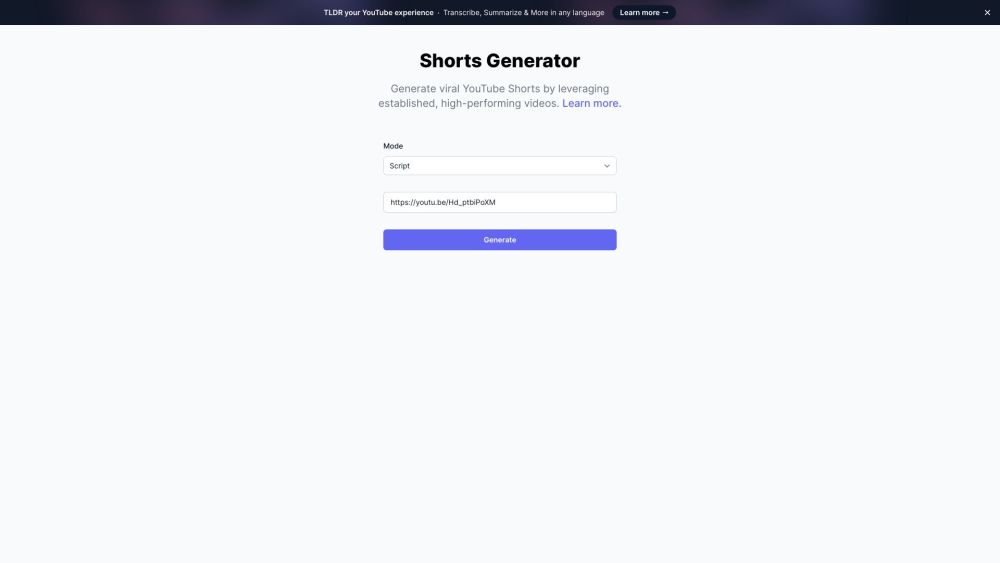Artificial Intelligence-Driven Surveillance Systems That Can Identify Infectious Variants of Viruses or Bacteria Transmitted in Humans
Most people like

Discover tailored software solutions specifically designed to meet your unique business requirements.

Transform your creativity with our AI coloring page generator, designed to create unique and personalized coloring pages tailored just for you. Whether you're seeking intricate patterns or whimsical illustrations, our innovative tool empowers you to unleash your artistic flair and enjoy hours of coloring fun. Perfect for kids and adults alike, this generator is your gateway to custom designs that spark imagination and provide endless entertainment.

Unlock the potential of your established video content by transforming it into captivating YouTube Shorts. These engaging, bite-sized clips can significantly boost your reach and attract new audiences to your channel. By repurposing highlights or memorable moments from your longer videos, you can create viral Shorts that captivate viewers and encourage sharing. Discover how to leverage your existing assets to maximize impact and foster growth on your YouTube channel.
Find AI tools in YBX




